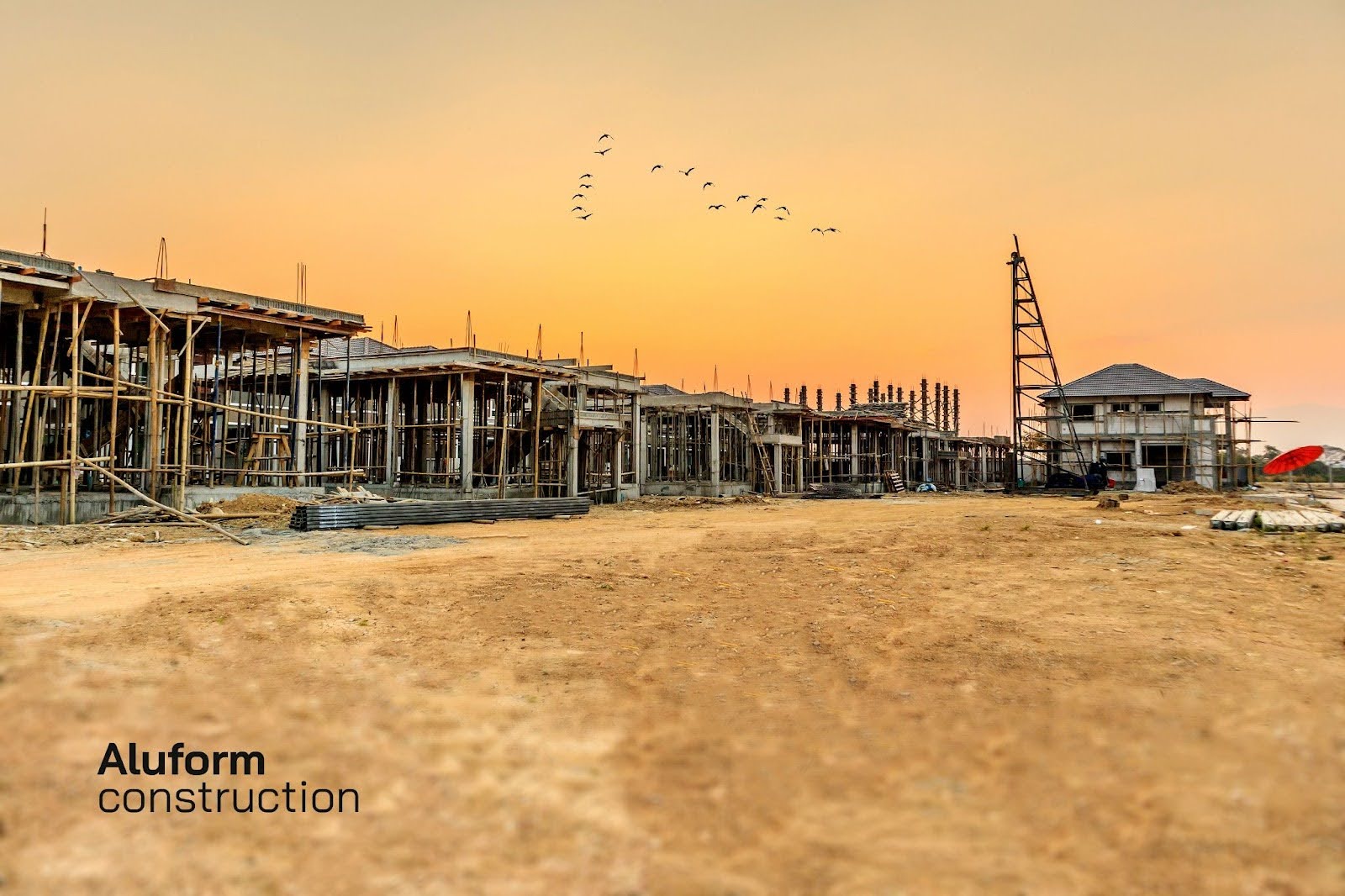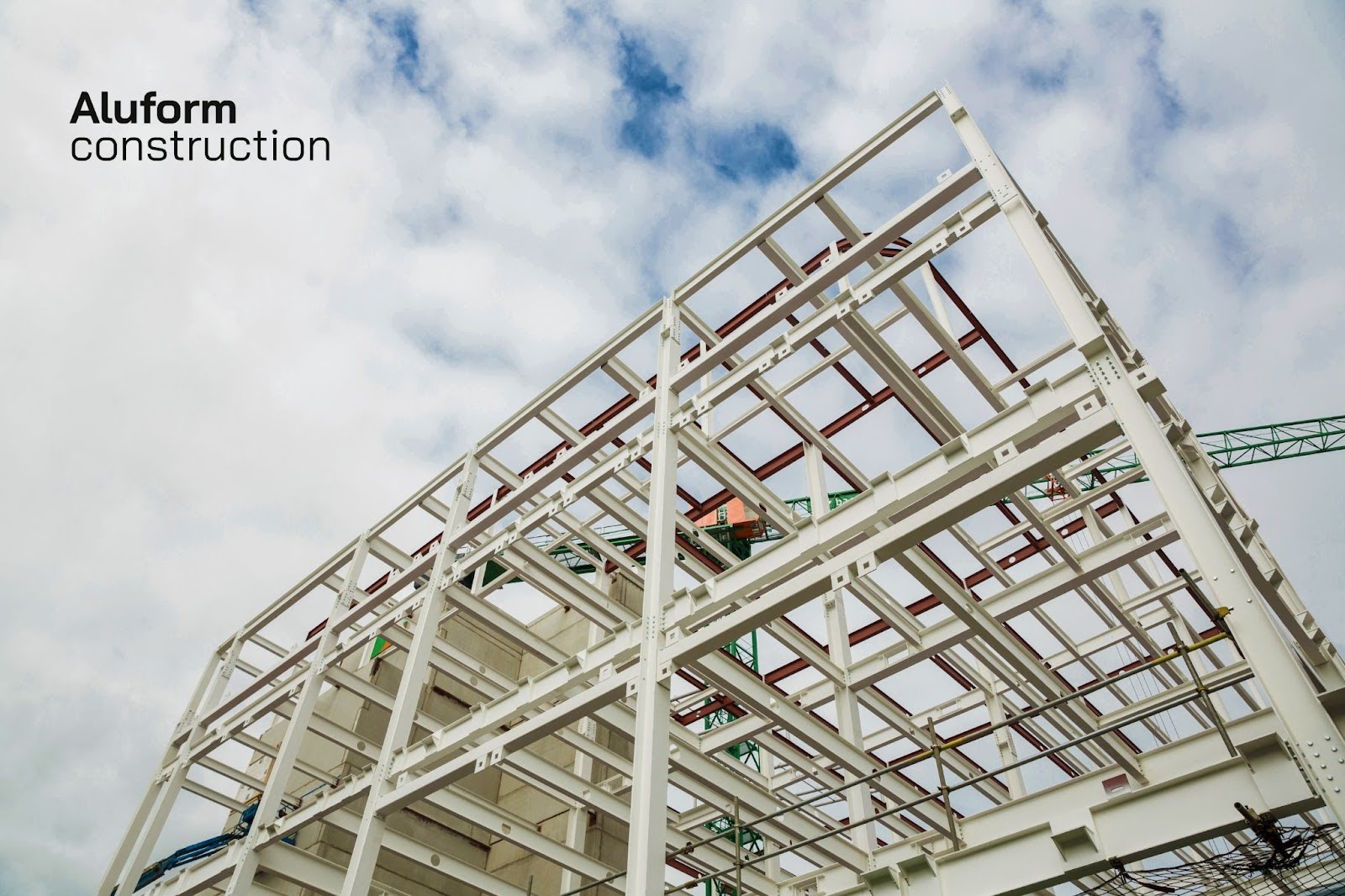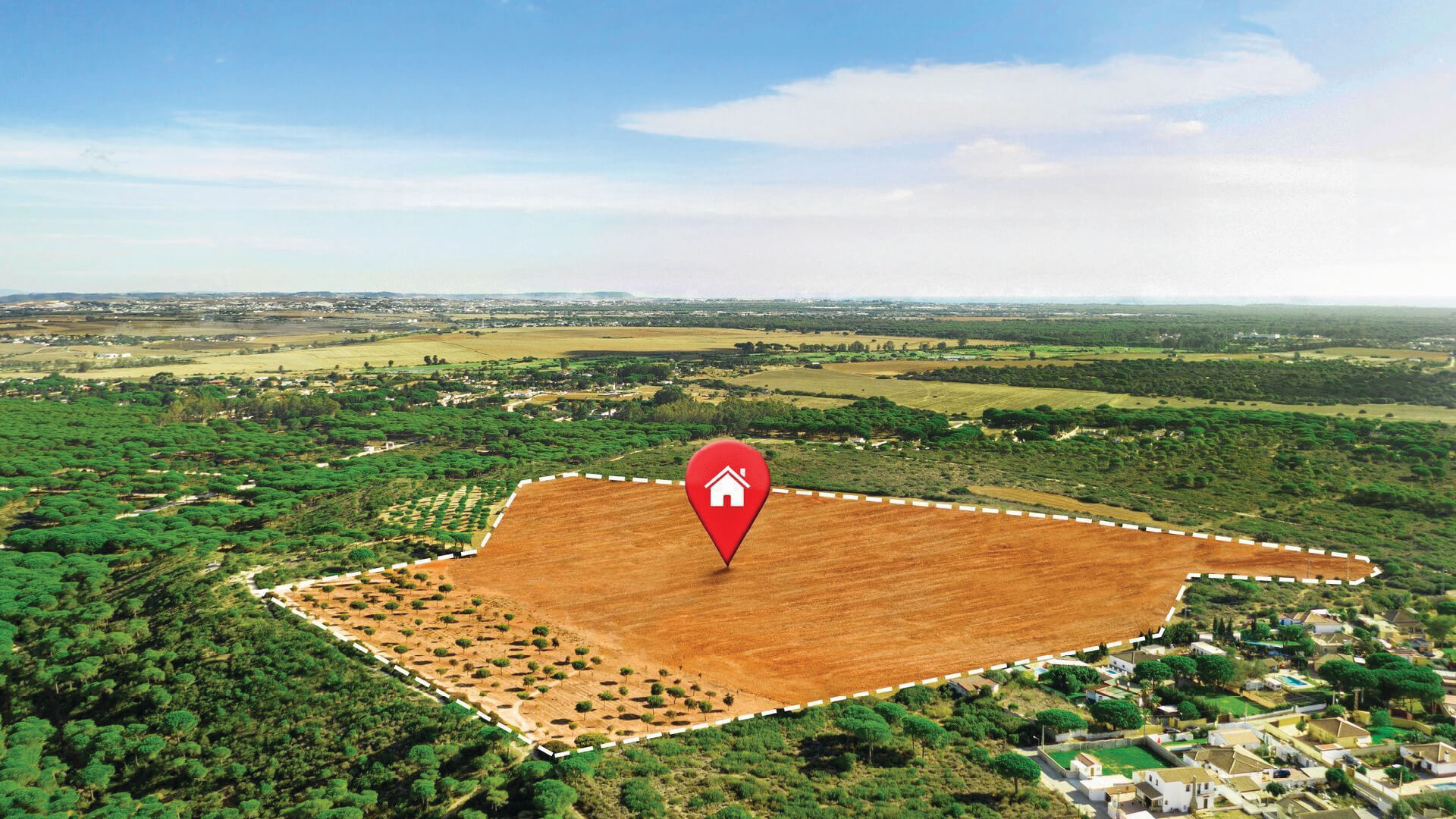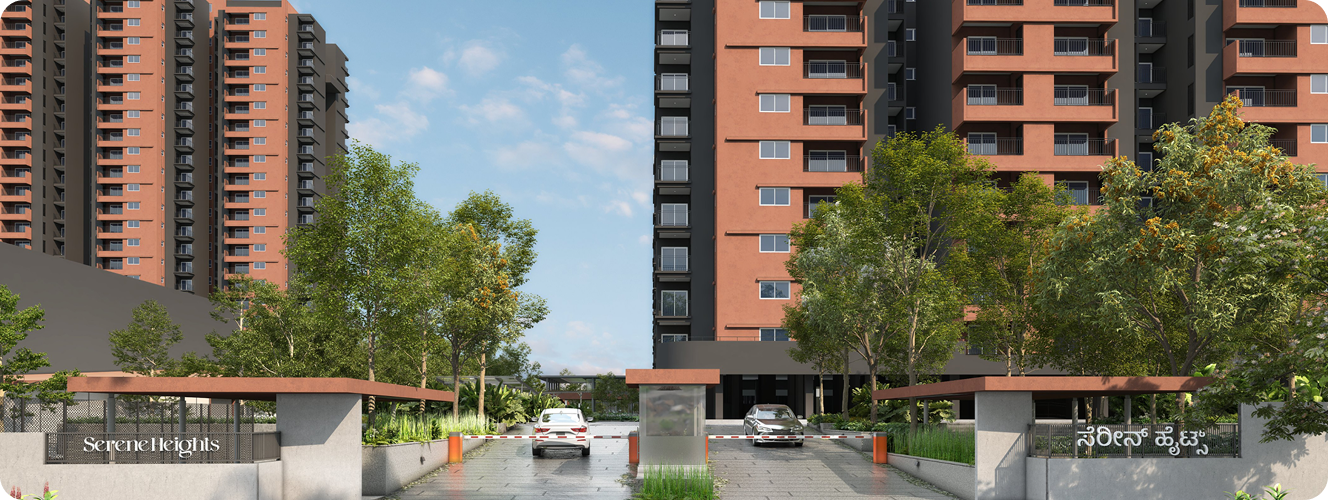What is Mivan Technology?
-
Mivan technology is a departure from conventional techniques by introducing a streamlined, efficient, and precise methodology for constructing various types of buildings, high-rise apartments and mass housing projects.
-
The fundamental component of Mivan formwork consists of an extruded aluminum rail section fused with an aluminum sheet. This combination results in a lightweight panel that offers an ideal balance between stiffness and weight. As a result, the formwork exhibits minimal deflection when subjected to the load of concrete.
-
Soulace Villas by Modern Spaaces are premium villas nestled within 26.5 acres of expansive land. These villas are meticulously constructed using state-of-the-art Mivan technology, showcasing a fusion of modern engineering and architectural brilliance. The implementation of Mivan technology ensures the construction process is not only precise and efficient but also notably faster.,
What is Formwork? :
-
Formwork is a temporary support structure used during construction to hold fresh concrete until it becomes strong enough to bear weight. Once the concrete has solidified,the formwork is taken down, giving it its desired shape. Formwork expenses typically constitute about 25% to 30% of the total construction cost, though this percentage can vary depending on project complexity.
Various types of formwork are used to shape and support fresh concrete until it solidifies. These include :
-
Timber formwork
-
Fabric formwork
-
Plastic formwork
-
Aluminum formwork
-
Steel formwork
Timber formwork :
This is one of the traditional and most commonly used types of formwork. It involves using timber as the primary material and it effectively holds the concrete unit it sets.
Fabric formwork :
A flexible and cost-effective technique involving fabric sheets to shape concrete. It is commonly utilized for creating curved or irregular structures.
Plastic formwork :
Lightweight and easily manageable, plastic formwork systems are modular and adaptable to different structures. They are known for their reusability and simple maintenance.
Aluminum formwork :
Aluminum formwork systems are renowned for their exceptional strength-to-weight ratio, allowing them to effectively withstand the immense pressure exerted by wet concrete while guaranteeing a seamless finish. This makes them exceptionally suitable for construction projects involving high-rise buildings and mass housing developments.
Steel formwork :
Steel is a strong and durable option suitable for complex structures and situations where repeated use is expected.









